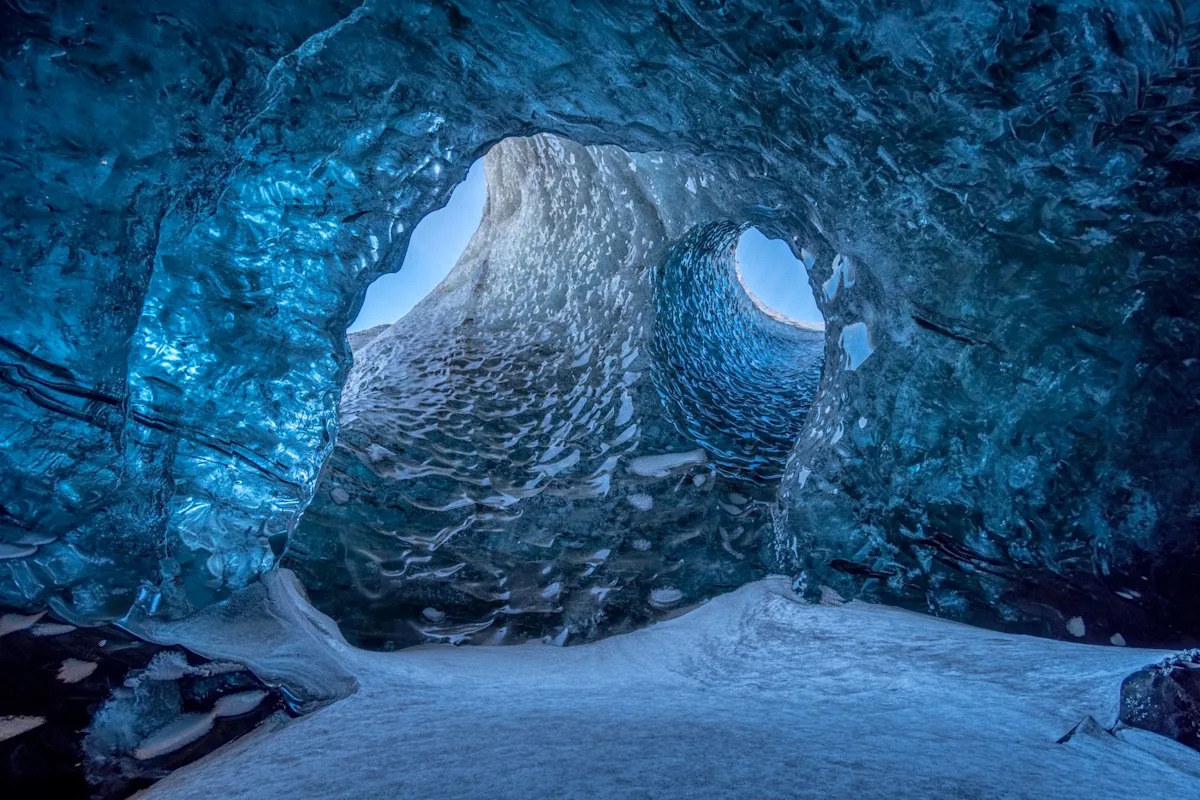
Glaciers across Europe are melting faster than anywhere else on Earth, and as global temperatures continue to rise, this concerning phenomenon shows no signs of stopping.
What’s happening?
NBC News reported on the dangers facing European glaciers, which are melting at a frightening pace.
As one example, it pointed to Morteratsch Glacier in Switzerland, which has lost more than 9,400 feet since researchers began observing it in 1881.
Earlier this year, researcher Leo Hösli drilled seven stakes into the glacier’s ice caves. By August, so much had melted away that only one stake remained, and the caves were too unstable for Hösli to enter.
“It’s just too warm for the glacier to exist at this state right now,” he told NBC News.
A study from the journal Nature corroborates that other research. Since 2000, the study found, glaciers in the Alps and Pyrenees have shrunk by about 40%. The biggest amounts of loss came in 2022 and 2023, years that were also the warmest in Earth’s recorded history.
Why are glaciers important?
Melting glaciers are one of the most visible signs we have of our warming planet. As human actions cause the planet to break heat records virtually every year, these frozen masses simply can’t survive the way they previously did.
As glaciers melt, they can create dangerous landslides. They cause global sea levels to rise, which could put coastal towns across the globe at risk. And these glaciers provide invaluable sources of fresh drinking water and agricultural irrigation, so if they disappear, communities will be left to scramble for basic necessities.
Although glaciers are melting faster in Europe than in other parts of the world, this is very much a global problem. An 18.6-mile-long glacier in Argentina is retreating much faster than expected, and a key Greenland glacier appears to be melting faster than it is flowing, causing its movement to slow drastically.
What’s being done to save glaciers?
Without changes, experts say, this problem will only get worse. One-third of Austria’s glaciers, for example, could evaporate by the end of this decade.
“The next 20 to 50 years will bring extreme changes for us living in the mountains, for all people living on the whole globe,” Andrea Fisher, vice director of the Austrian Academy of Sciences’ Institute of Interdisciplinary Mountain Research, told NBC News. “And we have to think about the consequences.”
The only way to save them is to reverse the warming trend that has overtaken our planet. And while that will require bold action by world leaders and organizations, local action is just as important. That includes changes at home, like using less plastic or driving less often.
“There is no possibility to save glaciers without saving the climate,” Fisher said.
Join our free newsletter for good news and useful tips, and don’t miss this cool list of easy ways to help yourself while helping the planet.
Disclaimer: This news has been automatically collected from the source link above. Our website does not create, edit, or publish the content. All information, statements, and opinions expressed belong solely to the original publisher. We are not responsible or liable for the accuracy, reliability, or completeness of any news, nor for any statements, views, or claims made in the content. All rights remain with the respective source.
